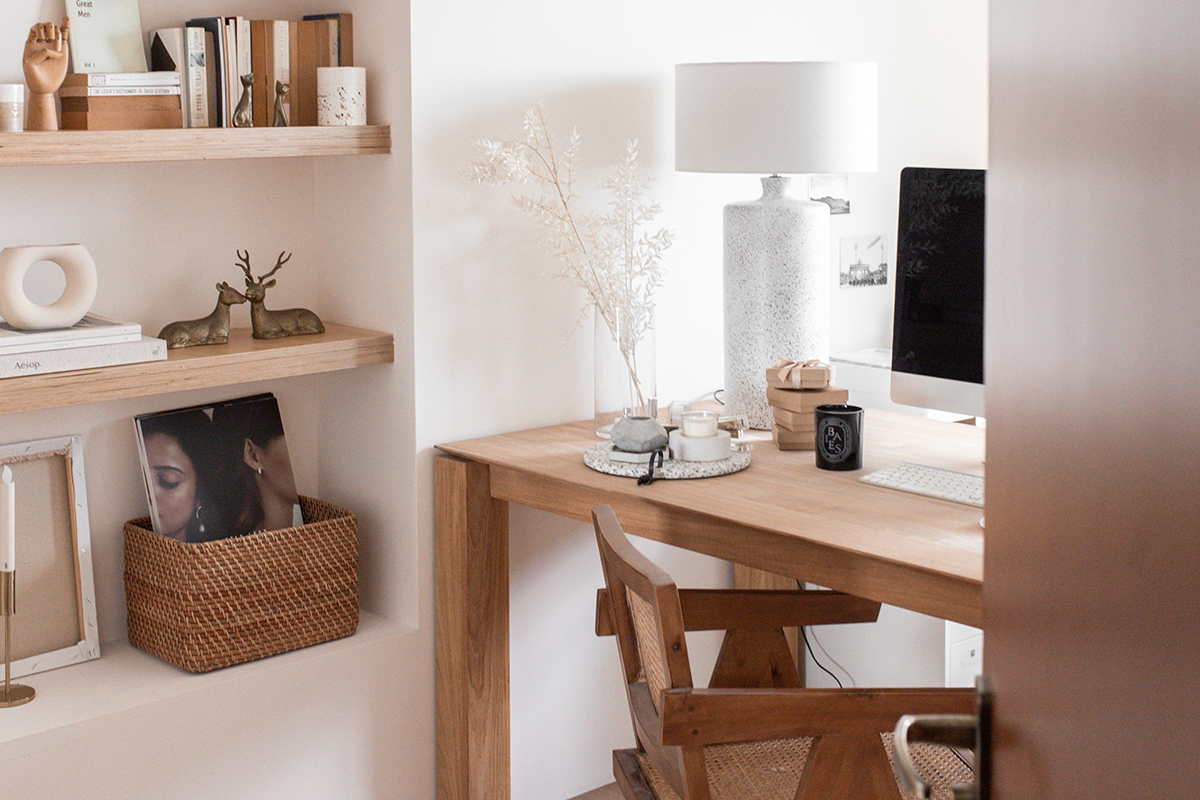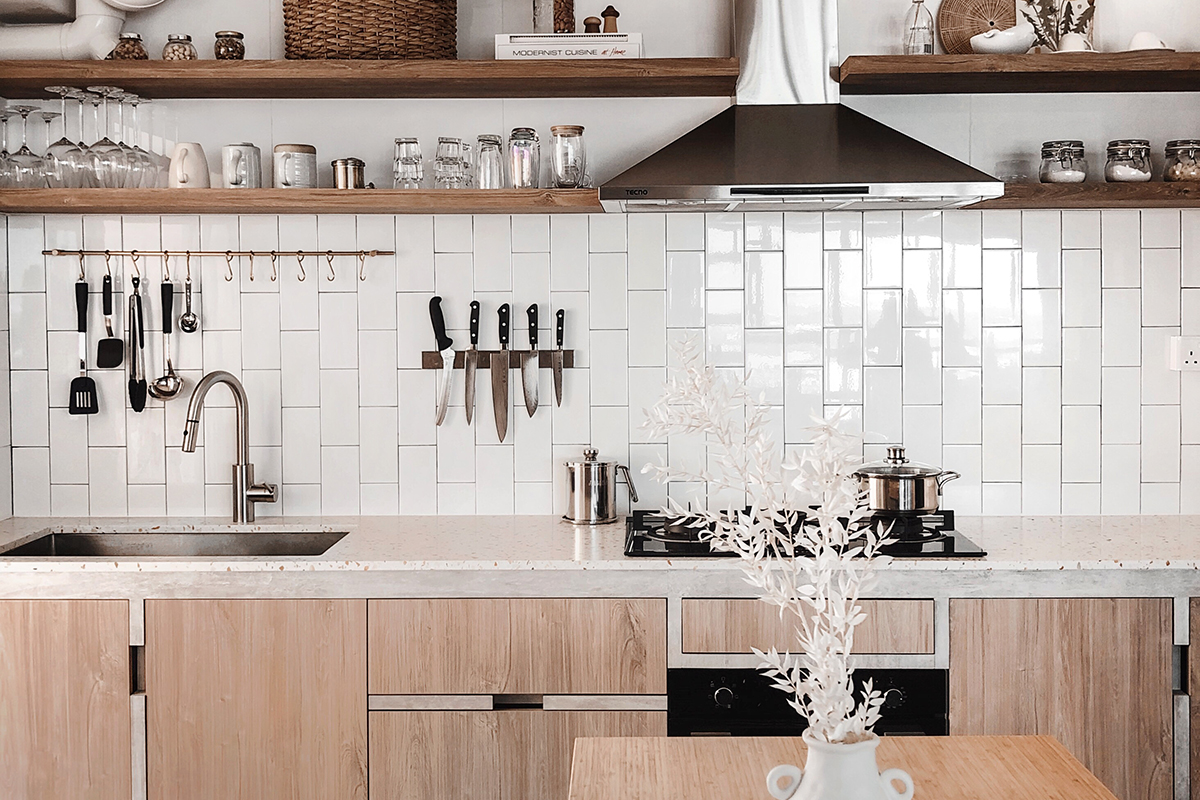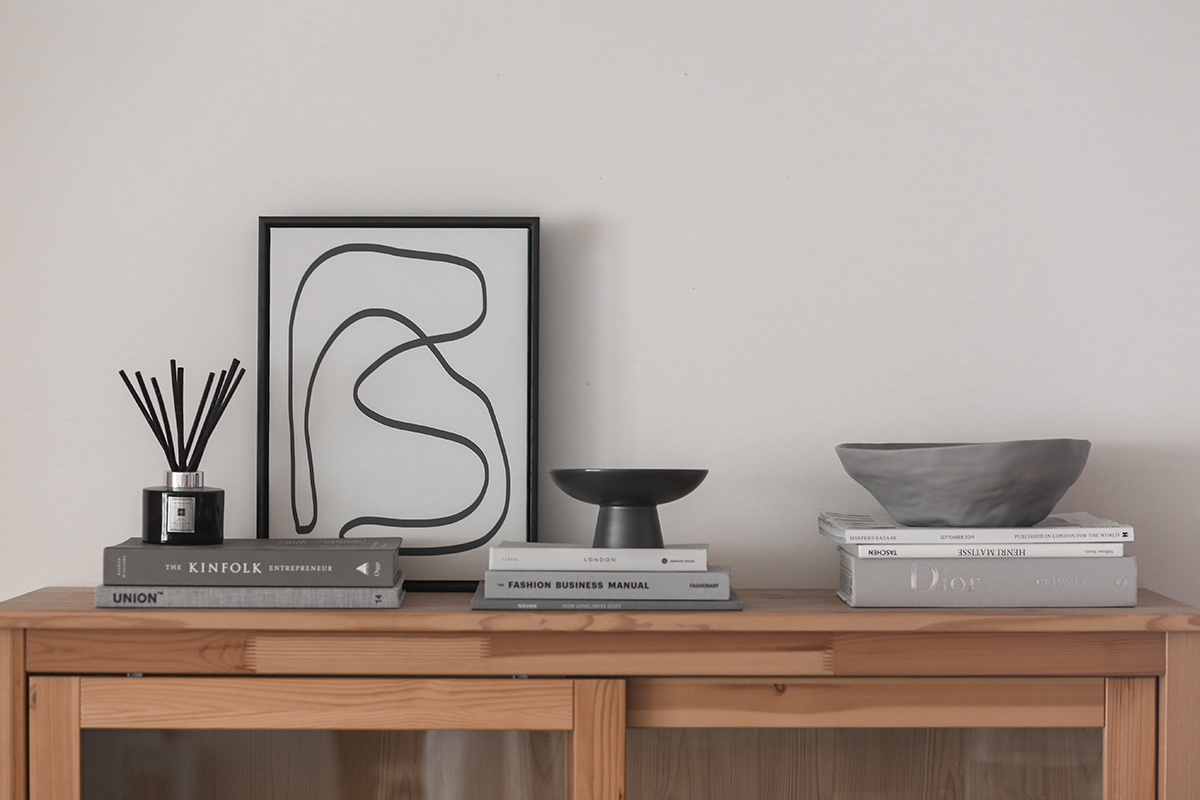While interior designers can transform our homes into special places that embody everything we love, not everyone is lucky enough to have a good experience with the designer they hire. Local jewellery creator Monica Anne Lie, also known as @luxmondi on Instagram, had one such bad encounter when she hired an interior designer to renovate her home back in 2018. Two years down the line, she reflects on what went wrong at the time and the lessons she learned from this experience, dishing out plenty of advice for fellow homeowners looking to renovate.

SquareRooms: What were some factors that made you go with your initial interior designer?
Monica: He was recommended by a friend and was supposed to be able to provide the services of both an interior designer and a contractor. Our renovation needs were fairly straightforward—we had a very clear design vision in mind, so we were just looking for someone who had the contacts to execute it for us. He claimed to have his own carpentry factory and his quote was on par with or slightly more competitive than other interior designers we looked into.
Looking back, what do you wish you’d known before choosing your interior designer?
We didn’t fully understand the scope of work that an interior designer does as opposed to a contractor. We always had the impression that the interior designer had to find manpower and the materials separately. This would have been time-consuming for us and we wouldn’t have known where to begin.
In actuality, contractors usually specialise in one thing, such as laying tiles, and include the manpower, materials and oversight in one quote. They can even do the measuring and technical drawings. The interior designer is the middleman who helps you find and manage a number of these contractors and gives design advice depending on your needs. Kind of like a wedding planner who helps you look for a florist or a baker.
Hence the most important skillset I should have looked for in an interior designer is the ability to manage timelines and multiple vendors. Design wasn’t a big factor for us because we knew what we wanted!

What would you say is the biggest lesson you learned from this experience?
It was our first house so we were tight on the renovation budget. I’ve now learnt that when it comes to service provision, it’s always better to pay more. You can haggle when it comes to purchasing products, because if you buy a tile you should get that same tile, but services are intangible. Hiring an interior designer is hiring a service, so don’t be too frugal about it. I also don’t believe in the concept of “ID contractors” anymore. If you want to save money, manage your own renovation and find all the contractors yourself. As long as there is a middleman, you will always be paying more.
What are the biggest red flags that people should look out for while working with a designer?
We had to follow up with our designer multiple times for the first few quotations. We initially attributed this to him being busy, but in actuality it reflected in his work. He constantly required us to follow up with him, even at the very end. We learned that if the buying process is difficult, the service itself isn’t going to be any better—if someone isn’t following up with you actively from the start, they’re probably not going to be very on the ball later on either.
What do you think is the key to balancing your own vision for your home with the designer’s suggestions?
We didn’t hire our interior designer to do any “designing,” so the expectation was for him to just execute the vision we had. Should I ever work with an interior designer for their design expertise, I would include a clause in the contract that allows us to use our own contractors in case we have any material changes. For instance, we decided during the renovation that we wanted to upgrade from quartz to marble. After seeing the faux “marble” samples, we realised that we’d rather pay for the real thing. I believe the usual practice would be for the interior designer to charge a commission for his time to manage the new contractor, but ours refused to make the change altogether since using quartz was part of the contract we signed. We also think he was getting kickbacks from the quartz supplier.

What are three things you recommend people know about their interior designer before signing a contract?
First of all, if you stay in an HDB flat, you must use an HDB-licensed contractor. If you don’t use one and anything happens to your renovation, the HDB won’t take any action since it’s your fault for not choosing a licensed contractor. It’s not a fail-safe, but at least there is some recourse. There is a list of approved contractors available on the HDB website.
Secondly, don’t rely on your interior designer to write your contract. The CASE website has a handy renovation contract template that favours and protects homeowners.
Finally, references are more important than portfolios. After all, the designs could be more a result of the homeowners’ personal tastes and art direction. You are hiring the interior designer for his or her project-management capabilities, so make sure to ask questions like “how many projects did you complete on time?” Asking past customers for their experience is also more telling than any portfolio.
What were some steps you took to try to minimise or recoup your losses? How did that turn out?
We split the payment to cover individual stages of the project as opposed to paying for everything upfront. Once we were sure that we wanted to fire our designer, we calculated at which point in the project we would lose the least money to him.
We didn’t see any point in going to CASE as we didn’t lose a large amount of money to him in the end. It’s also useful to know that CASE only gives you the right to collect the money from the interior designer if you win your case—you still have to do the collecting on your own. A dishonest interior designer could easily close his or her bank account and make a run for it to avoid getting their money seized.
In conclusion, I would not rely on the small-claims tribunals and instead get a solid contract from the start, with payment terms that favour you as a homeowner. This means that you should be paying the interior designer at every stage, never upfront.

You ultimately chose to renovate your home yourself. What made you choose this route as opposed to finding another designer?
In all honesty, we were traumatised by having an interior designer who refused to schedule the contractors to come down unless we paid him for the next stage when he hadn’t even finished the current stage. Our renovation was supposed to take six to eight weeks—it ended up taking almost six months of back and forth, trying to get him to do the work. After this experience, it was a breath of fresh air to finally be able to move our renovation forward and work with competent contractors of our choice who were able to spot things that we missed and give us proper industry advice.
What was the biggest challenge you faced when you took renovations into your own hands?
Finding our own, reliable contractors was tough at the start. We were scarred by the experience with our interior designer and very distrustful, but in the end we found really lovely, honest people in the industry to help us finish our home!
What do you think are the pros and cons of renovating your own home?
It does take a lot of time to find the right contractors, get multiple quotes and make some site visits to talk to the team and take measurements. You should also drop by every now and then to see how things are going.
As I am self-employed and have a flexible schedule, this was very feasible, but it may be difficult for someone who has a 9-5 job. That being said, there were multiple times I couldn’t be present and the work was completed regardless. That’s the biggest advantage of having reliable contractors who can do a good job without needing to be chased.

For people who don’t want to renovate the whole house, which areas do you think should be a priority?
Aesthetically, our new flooring had the biggest impact on the overall look of the home. I would also gladly spend a decent sum of money on renovating very humid areas like the toilet and kitchen. What I would avoid is having too much custom carpentry and built-ins, as those can really drive up the cost of your renovation.
Any final advice for people looking for an interior designer?
If you have a clear design vision, good direction and strong project-management skills, go for a contractor. If you don’t, opt for an interior designer but be prepared for the extra cost—you are hiring a middleman after all!
Images courtesy of Monica Anne Lie



